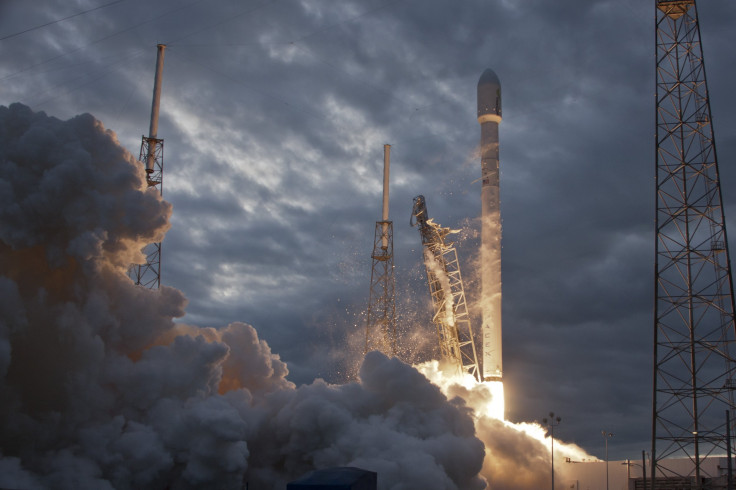Elon Musk, SpaceX's Internet Satellite Company Has A Name, Logo

Elon Musk’s SpaceX has been working with the Federal Communications Commission to further the company’s goal of bringing a satellite constellation to space to further the reach of the internet. Representatives from the company met with FCC Chairman Ajit Pai in March to discuss that venture further.
Now it seems the company has gotten as far as naming the venture and filing with the United States Patent and Trademark Office. Filings from August show that Space Exploration Technologies filed three standard character marks with the office for the name Starlink.

Those marks were a service mark, trademark, and a trademark service mark (this filing is a combination of the previous two.) The reason for filing more than one is so that the products as well as the services provided by the company will be protected under the law.
The service mark filing which protects the services of Starlink gives a description of what the company will provide as services, including “Satellite communication and transmission services; wireless broadband communication services; transmission of data, voice and video via satellite,” among other similar services.
The trademark gives details about the actual products Starlink is looking to protect, and the description in that application refers to “Satellites for scientific and commercial purposes; equipment for receiving, processing, and transmitting voice, video, data and information via telecommunications and wireless signals.”
SpaceX confirmed the trademark applications via email to International Business Times. “SpaceX has applied for various trademarks in a number of countries as our business grows and our space technologies evolve,” a SpaceX spokesperson told IBT.
The proposal for the non-geostationary satellite system that SpaceX and now, Starlink, is looking to create was filed in November 2016. It details a constellation network that would be made up of more than 4,400 satellites. The plan lays out the launch of 1,600 at first followed by an additional 2,800 plus satellites.
The goal of such an extensive network is to allow for “full and continuous global coverage” that would bring wireless internet to users all around the world and even those possibly traveling, or stationed, in space. This would be achieved by angling the satellites and placing them at specific heights so that all of the latitudes on Earth could be covered.
The plan even details the re-entry process for satellites as they age out of their expected lifespans. The original proposal set a 2019 goal for the initial launch of the satellites.
The company ViaSat Inc. which is working to create a similar network filed petition in June against SpaceX saying that the company's satellites will interfere with the current satellites that are in place. Despite the pushback SpaceX has gone ahead with the trademark filings.
This story has been updated to include a statement from SpaceX - 2 p.m. EDT, Sept. 21
© Copyright IBTimes 2024. All rights reserved.





















